
As organizations continue to prioritize effective compensation management, finding the right platform to streamline total rewards and pay strategies is crucial. While Compport has made its mark in this space, 2025 brings a new wave of innovative alternatives that offer unique features, enhanced flexibility, and advanced analytics.
Whether you need better integration, more personalized rewards, or superior pay equity tools, this guide highlights the top 5 Compport alternatives that can elevate your compensation management game in the year ahead.
Compensation management means streamlining your human capital management to create the most cost-effective and optimized compensation offering for your workforce.
Given the needs of the modern workforce, it is very important that your compensation planning be aligned with eliminating pay biases within your employee life cycle.
This would mean focusing on all three categories of offerings:
Your compensation management process should be able to identify strengths in your compensation offerings, optimize them according to employee needs, and communicate them effectively to your employees.
Compport is an enterprise software solution that assists you with the various categories of compensation planning:
It is a dedicated tool based on an HCM module that helps automate your compensation management processes.
Compport allows you to run multiple simulations to understand the impact of your budget allocation and provides actionable plans to maximize results from your existing compensation policy.
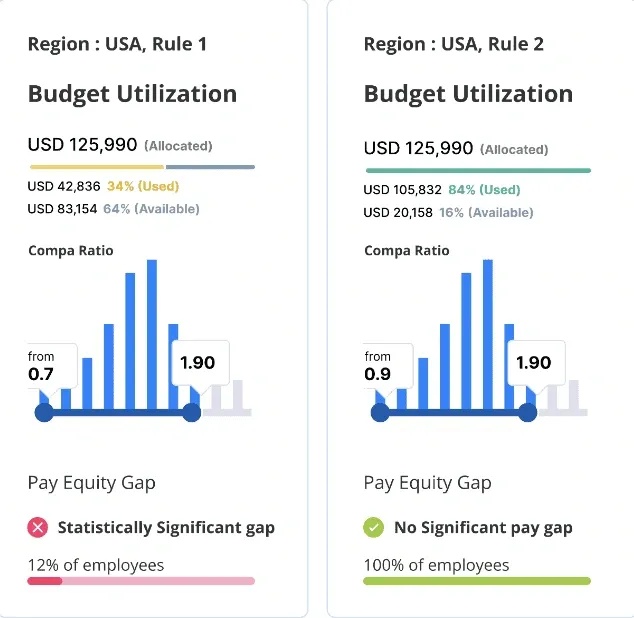
The platform has performance dashboards that pull up compensation reports from your simulations to study if you're getting accurate payouts.
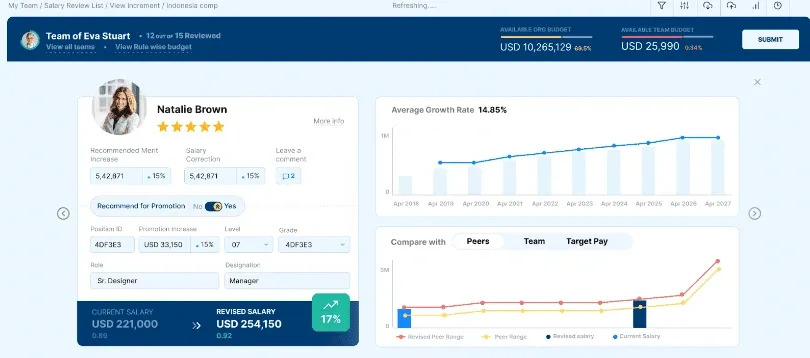
Robust analytics and insights that make the consumption of data easier for the users.
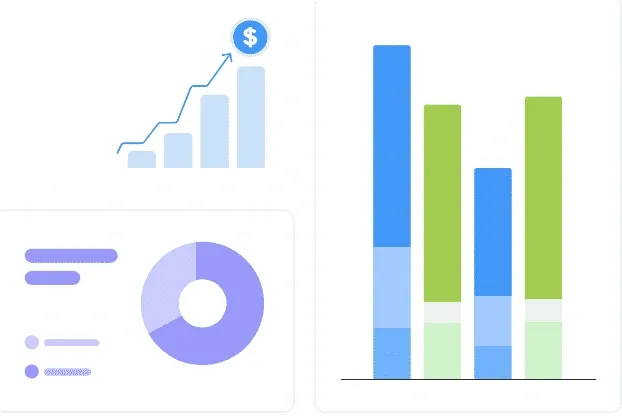
Compport also has limitations that prevent users from exploring the full potential of compensation management software and improving employee performance.
Compport has numerous alternatives in the market that use advanced algorithms to work on resolving competitive planning issues.
Let’s examine a few alternative software solutions with robust features that can adapt to your dynamic business environment.
CompUp is a deep, standalone compensation management software with the most comprehensive reporting tools. It goes beyond the boundaries of automation and uses the power of real-time data to simplify the complex calculation logic of comp planning.
CompUp has taken a step ahead in the world of compensation management with some key features:
CompUp doesn’t start with your normal budget allocation. It has a community with extensive database knowledge powered by the best compensation and total rewards professionals to create real-time compensation benchmarks that help you make the most precise salary bands for any role, function, geography, and more.
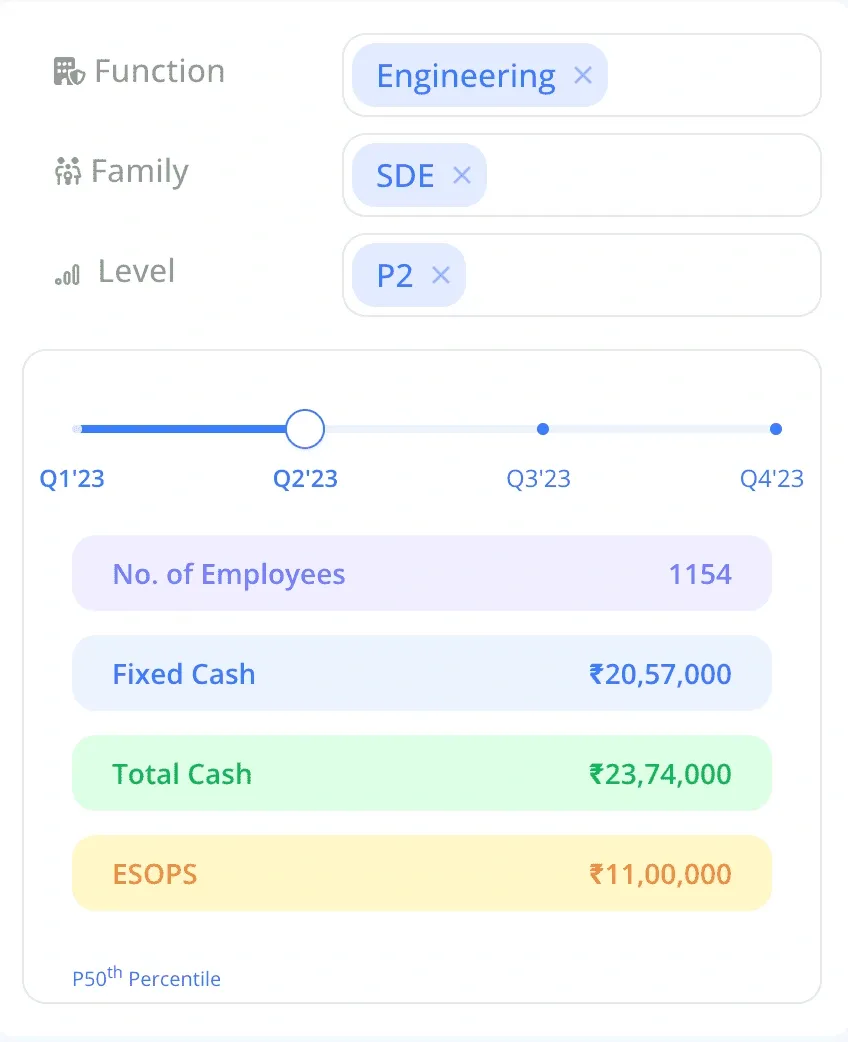
With CompUp, you can do an extensive pay gap analysis in your salary review process to eliminate pay disparities within your employee lifecycle with informed decision-making capabilities.
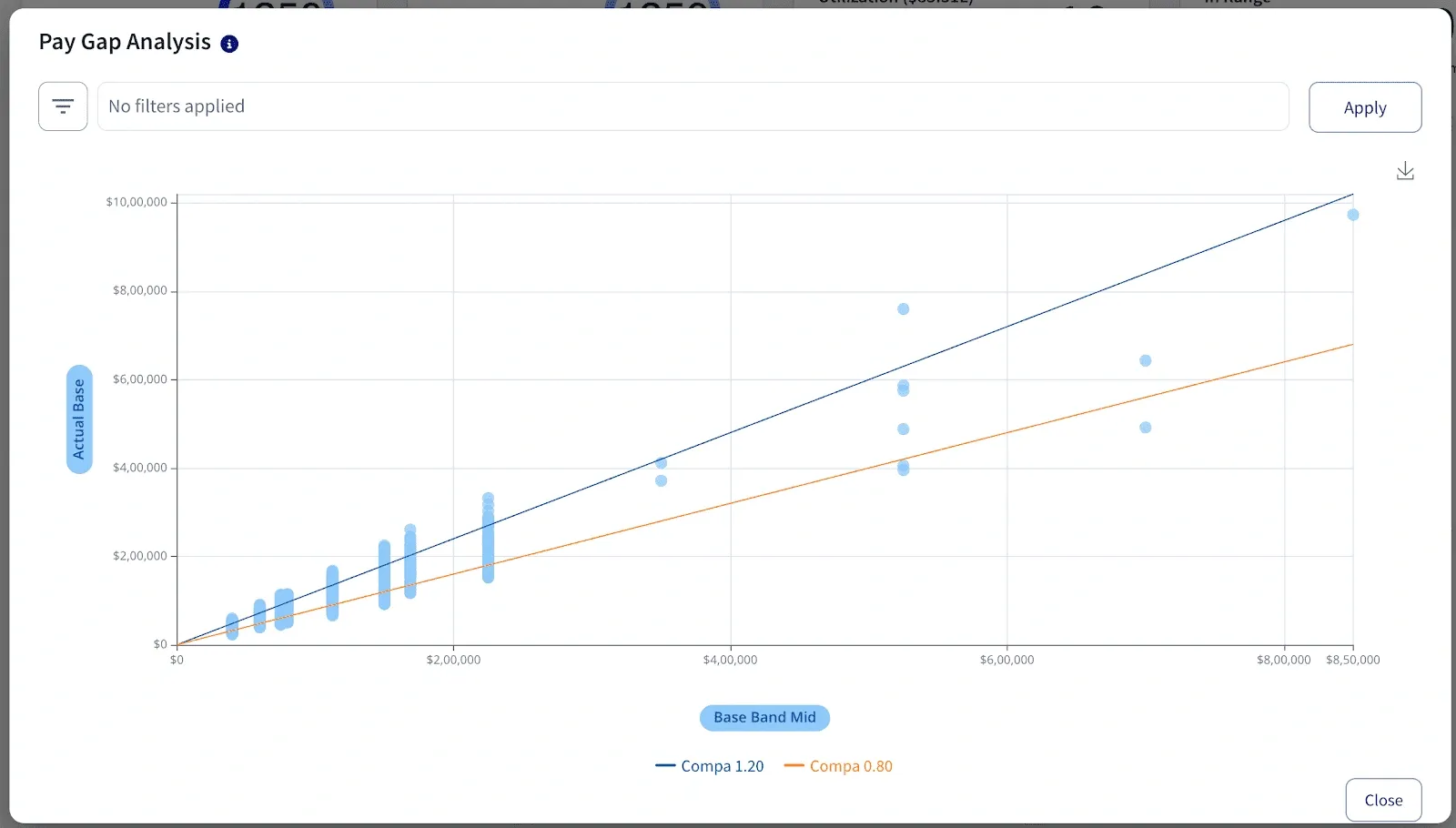
CompUp also gives you a holistic view of your increment distribution to study the impact of your simulations with actionable insights in a user-friendly way, creating a way for fair compensation practices.
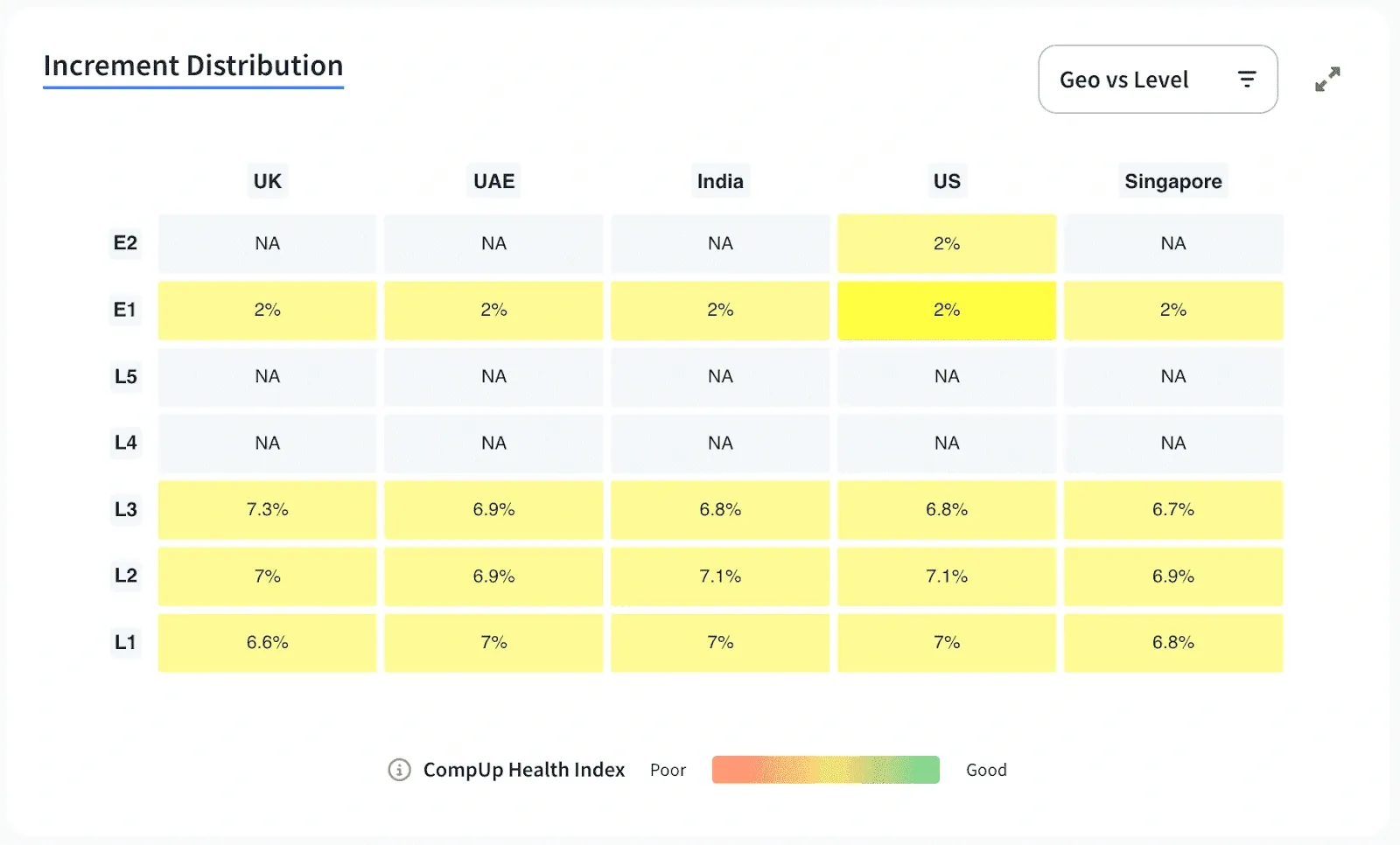
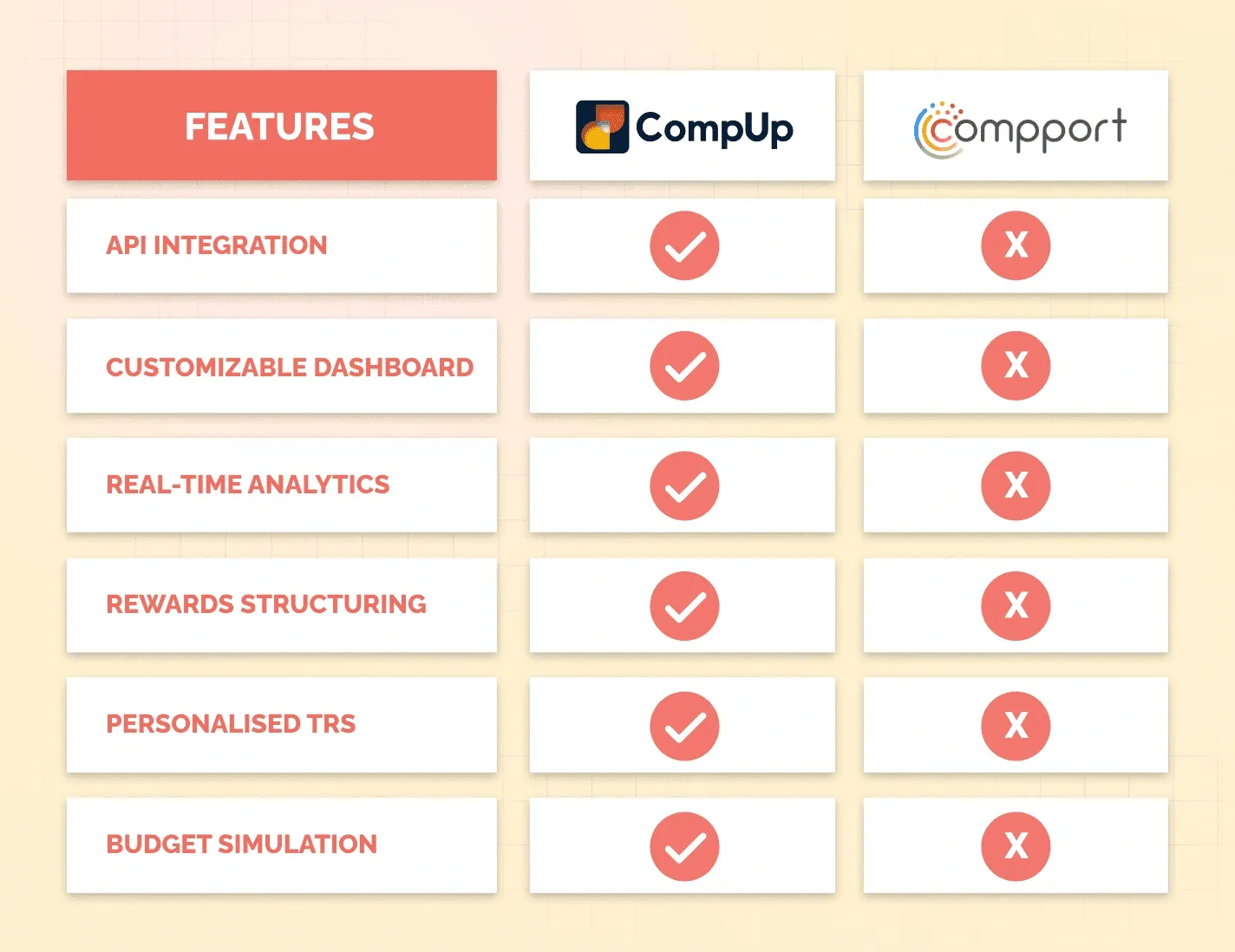
HRSoft compensation management concentrates on resolving complex compensation structures. The software is more focused on enterprise-level companies that have an intricate comp philosophy.
Let's have a look at the distinct advantages and limitations of using HRSoft:
Pros of Using HRSoft :
Cons of Using HRSoft :
Pequity is a compensation management platform designed to resemble spreadsheet compensation planning while being powered by advanced functionalities.
Pros of Using Pequity :
Cons of Using Pequity :
Payscale has based its compensation management on some of the most advanced algorithms and technological advancements. It's a dedicated tool focused on how companies can make their pay offerings more sustainable in the long run.
Pros of Using Payscale :
Cons of Using Payscale :
Payreview is an advanced HR platform that allows for both internal and external salary benchmarking to target pay disparities within the organization. The platform offers scalable features for organizations at different levels of compensation maturity.
Pros of Using Payreview :
Cons of Using Payreview :
Compensation management needs are becoming more dynamic and diversified, with the labor industry entering an employee-centric era. As such, a solution that acts as a central location for multiple compensation needs while providing ease of use is critical.
CompUp has been built as an all-in-one HR solution to impact several areas of compensation planning, such as pay equity management, running merit and increment cycles, salary band creations, providing real-time compensation analytics, and more.
Book a demo to understand how CompUp can help you make fair pay a reality.
1. What makes CompUp a strong alternative to Compport?
CompUp offers advanced real-time compensation benchmarking, pay equity analytics, and personalized total rewards statements, making it a robust platform for data-driven compensation management.
2. Can CompUp integrate with existing HR and payroll systems?
Yes, CompUp supports seamless integration with major HRIS and payroll systems, ensuring smooth data flow and minimizing manual effort in compensation processes.
3. Is CompUp suitable for companies with a global workforce?
Absolutely. CompUp is designed to manage multi-currency and multi-location compensation, making it ideal for multinational organizations looking to standardize and optimize their pay structures.
4. How does CompUp help improve pay transparency and employee engagement?
By generating clear, personalized total rewards statements, CompUp helps employees fully understand the value of their compensation, which boosts trust and engagement.
5. Does CompUp offer tools for budget simulation and compensation planning?
Yes, CompUp includes powerful budgeting and scenario simulation features that enable HR teams to forecast compensation spend and design equitable pay bands effectively.
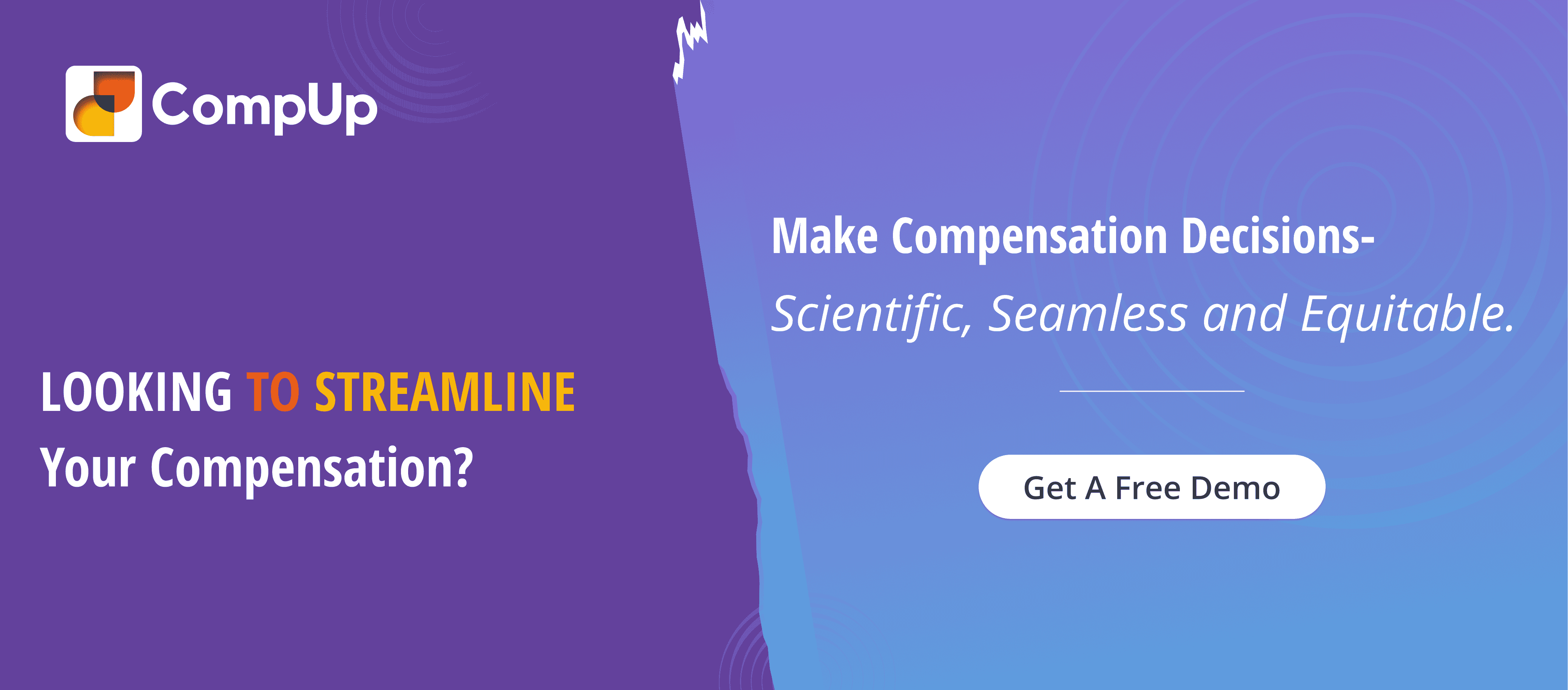
Revolutionizing Pay Strategies: Don't Miss Our Latest Blogs on Compensation Benchmarking